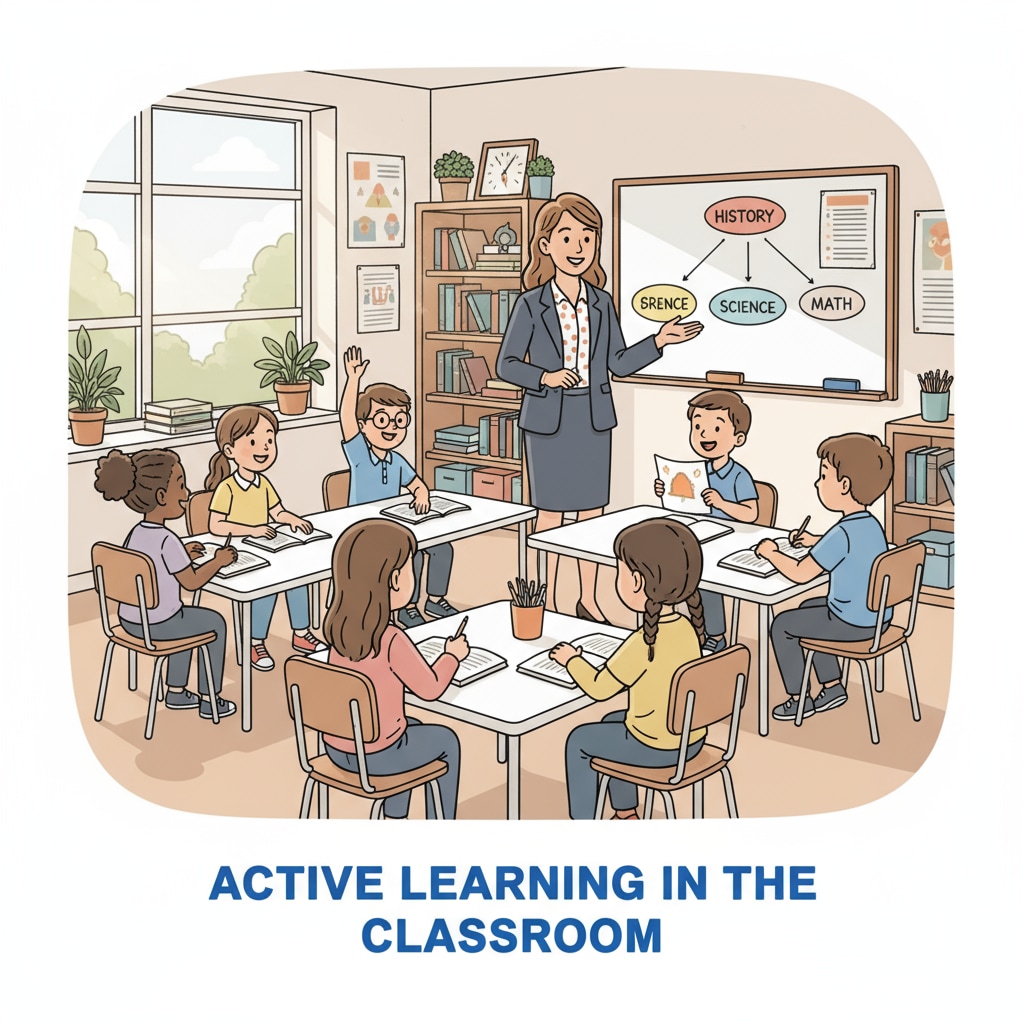In the realm of K12 education, the intersection of workplace and family relationships, along with child behavior management, often presents complex challenges. The boundaries between these aspects can become blurred, leading to various issues for educators. Let’s take a closer look at how these dynamics play out and what can be done to navigate them effectively.

The Challenge of Blurred Boundaries
One common issue is the intrusion of family matters into the workplace. For example, an administrative assistant in a K12 school may have a cousin who is a student. This family connection can lead to awkward situations. The cousin might expect special treatment, such as getting preferential seating in class or being excused from certain tasks. This not only puts the administrative assistant in a difficult position but also affects the overall fairness in the educational environment. As a result, it becomes crucial to establish clear boundaries to maintain professionalism. According to Educational Psychology on Wikipedia, maintaining boundaries is essential for a healthy learning environment.
Maintaining Professionalism
Educators must prioritize professionalism in the workplace. This means treating all students equally, regardless of any family connections. When dealing with family members in a professional setting, it’s important to separate personal feelings from work responsibilities. For instance, if a teacher has a relative in the class, they should not show favoritism. Instead, they should focus on providing the best education for every student. By doing so, they uphold the integrity of the educational system. As stated in Teacher Education on Britannica, professionalism is the cornerstone of effective teaching.

Another aspect is managing child behavior in the presence of family ties. Educators need to be consistent in their approach. If a family member’s child is misbehaving, they should follow the same behavior management policies as they would for any other student. This consistency helps in maintaining order and discipline in the classroom. It also sends a clear message to all students that rules are for everyone.
In conclusion, finding the right balance between workplace and family relationships, while effectively managing child behavior, is a continuous learning process for educators in the K12 education environment. By setting clear boundaries and upholding professionalism, they can create a positive and productive educational atmosphere.
Readability guidance: Short paragraphs and lists are used to summarize key points. Each H2 section has a list or clear explanation. Passive voice and long sentences are kept to a minimum. Transition words are used throughout the text to enhance flow.


